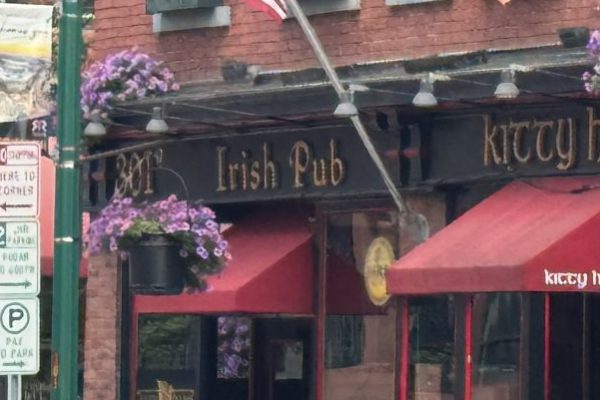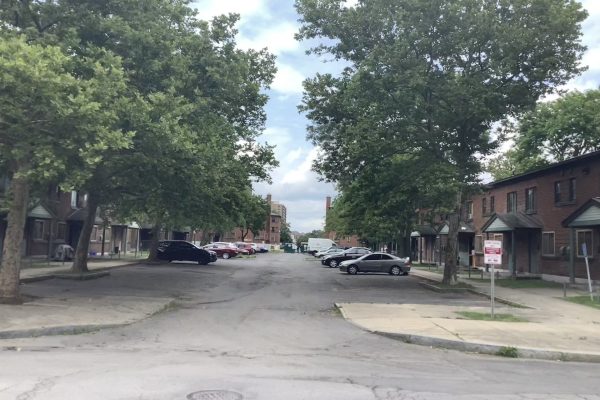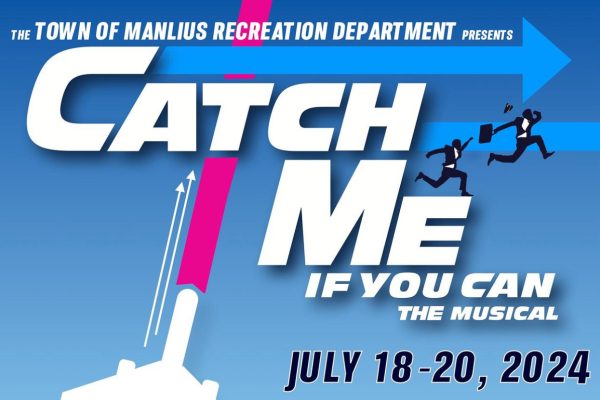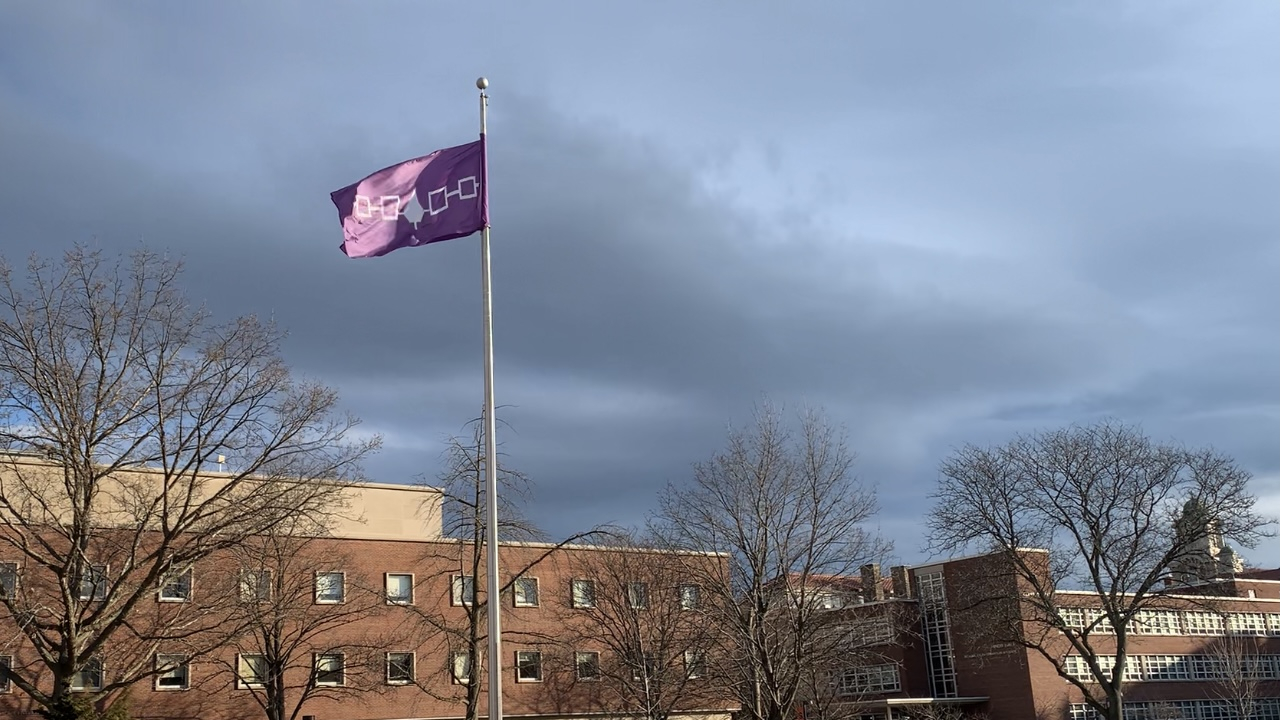
SYRACUSE, N.Y. (NCC News) — Tehosterihens Deer grew up as a member of Mohawk Nation. He spoke the Mohawk language exclusively for years. But, everything changed when Deer attended school outside the reservation as a child. He became more accustomed to English and slowly it became his dominant language.
He’s now a Syracuse University student and the president of Indigenous Students at Syracuse (ISAS). He can still have conversations with fluent speakers in Mohawk and ask his elders questions about certain words. Deer considers himself fortunate as this isn’t the case with every tribe. He said it’s important for Native people to hold on to their way of life after centuries of genocide, forced assimilation and conquest of their lands.
“I think it’s the most vital and crucial thing that we have as Indigenous people,” Deer said. “There’s our culture and our language.”
On Feb. 13, the New York State Education Department brought forth a proposal to create an Indigenous Culture and Language Studies certificate for teachers. This could increase the number of teachers who are authorized to teach Native language and culture. Right now, teachers can get permits to teach these subjects in public schools, but they are temporary and must be renewed frequently. With these proposed certificates, teachers can earn tenure and work in schools permanently.
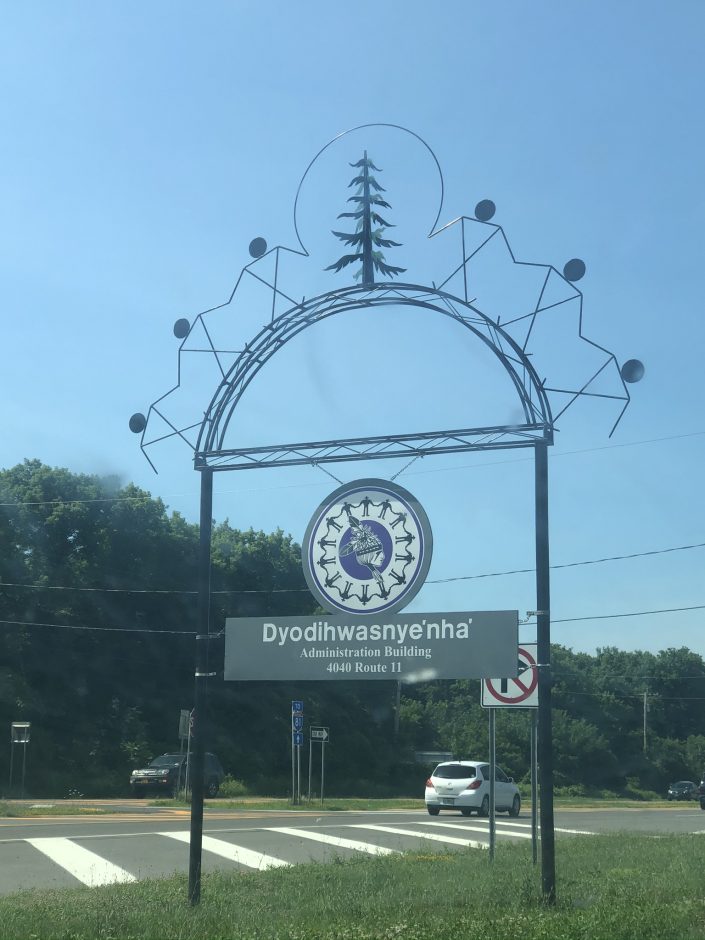
The State Education Department will continue to consult Indigenous Nations about these proposed regulations. It will attract more teachers with knowledge on Indigenous language and culture to school districts, according to the State Education Department. In January, the St. Regis Mohawk Tribe, said in its newsletter, it is committed to working together with the state on this plan. Education Department Commissioner Betty A. Rosa explained why the state is moving forward with this proposal.
“All voices must be heard, respected, and considered,” Rosa said. “By expanding opportunities for teachers, we are advancing access to educational excellence and equity for all students. Culturally Responsive Sustaining Education, such as learning about Indigenous languages and cultures, affirms cultural identities, develops students’ abilities to connect across lines of difference, and elevates historically marginalized voices.”
Deer said almost all Natives believe it’s a problem that Americans don’t know about Indigenous culture or history. He believes this stems from the fact that American schools “sweep Native history under the rug.” Deer said they usually don’t go beyond the first encounters with Natives and glorify moments like Thanksgiving.
“They learn the tip of the iceberg,” Deer said. “Their excuse is they don’t want to tell a bunch of children of the horrors that their country committed. Then by that, they do not talk about it. So I believe a lot of the population of the United States doesn’t know much about Indigenous people because of that lack of understanding and communications.”
Deer said this is why many Americans are in shock whenever they meet a Native person, saying people often go straight to asking him if it’s okay to say certain words. He thinks Americans have a mystical and outdated image of Indigenous people.
When he first arrived at Syracuse University in 2019, he dealt with a lot of this misunderstanding. After telling a classmate he was Native, the student was astounded and started smothering him with questions like “Do you live in teepees?”
“I was like, dude are you serious? This is 2019,” Deer said. “You still think we live in teepees? No, we have a house. We have internet. We have TV. We have cable. We’re not primitive.”
He said schools don’t teach the last 400 years of Indigenous culture and history and certainly don’t do so from the Native perspective. This is why Deer supports the proposal from the State Education Department.
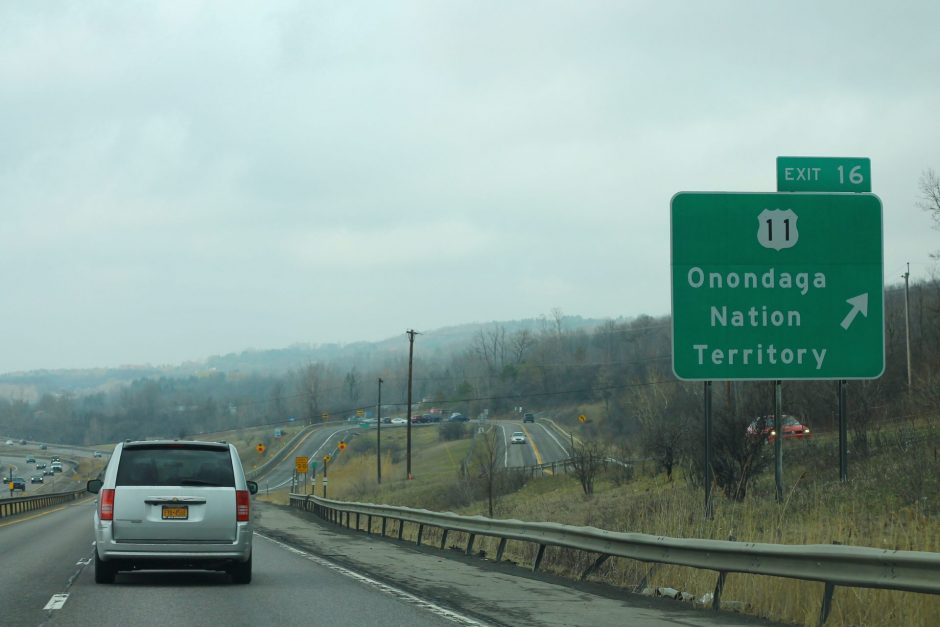
“I think it’s really important for Indigenous people to have this, because for the first time, people are actually interested in our culture, and for allowing Native people to tell the story rather than non-Natives telling the story,” Deer said.
But, he hopes recent history is taught as well, specifically the last 60 years. From the 1960s to 1990s, he said there was an uprising of Indigenous sovereignty, rights, and activism. Then from the 1990s to present day, Indigenous people and their culture have been more represented in mainstream industries.
One aspect of the proposal he’s unsure of is who will acquire these certificates and what the process will be to get one.
“Would I be open to non-Natives receiving a certificate? There’s a chance,” Deer said. “It’s just there’s that little hesitancy with how much in the past people have done that and have framed our stories in the way they wanted it to be told, for their own personal gain.”
The Education Department will present its proposal to the Board of Regents for adoption in June. But, it is accepting public comment on the proposal until May 1. Anyone can submit their concerns via email to oheregcomments@nysed.gov.

